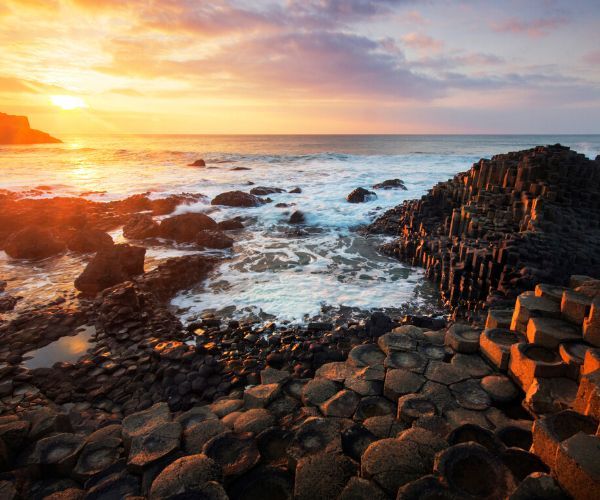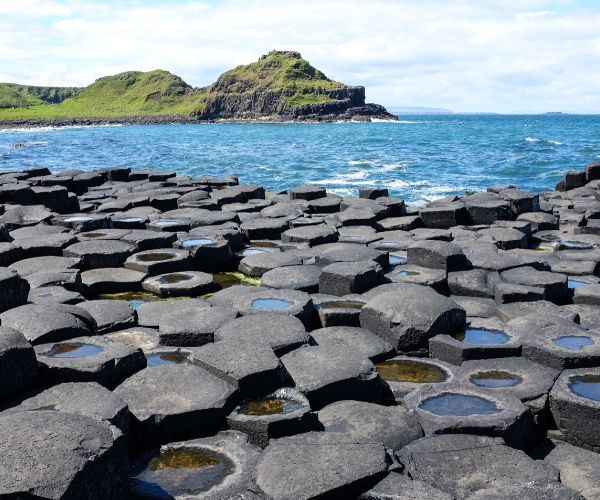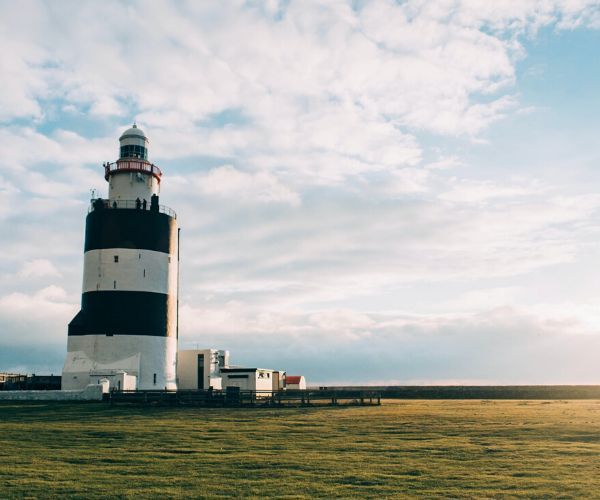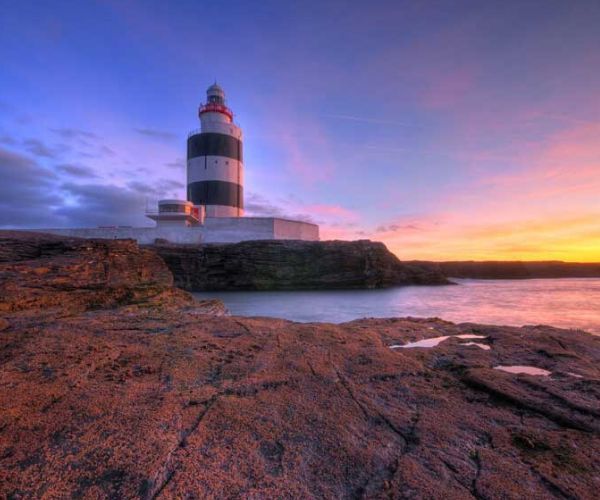Your travel plans this year may look different than you thought, but that doesn’t mean you can’t still see the Emerald Isle. So, take a break and breathe in some of the stunning Irish family adventure spots on our first virtual tour..
Giant’s Causeway
An essential stop on any trip along the Northern Causeway Coastal Route, a dramatic road that lurches from cliff-edge to beachside, is the Giant’s Causeway. Flanked by the Atlantic and towering cliffs, it is a UNESCO World Heritage Site and Northern Ireland’s number-one attraction (even with so many Game of Thrones sites nearby!).
Decide for yourself if the basalt formations were formed by ancient volcanic activity or of by a legendary Irish giant. The shoreline feels part madness, part alien world with 40,000 interlocking basalt columns, unmoved by wave after crashing wave.
Have a look around on the National Trust website.
Carrick-A-Rede Rope Bridge
Continue along the Northern Causeway Coast to find one of the most exhilarating walks in the world. The Carrick-a-Rede Rope Bridge is suspended almost 100 ft (30m) above Atlantic Ocean, linking Carrick Island to the mainland. The rope bridge was first erected by salmon fisherman nearly 300 years ago.
Gather your courage and step wooden slats, creaking in the rushing wind and high above the chilly waters below. The crossing is a once-in-a-lifetime experience. Just don’t look down.
You can have a look around it for yourself here.
Hook Lighthouse
For hundreds of years lighthouses have helped seafarers find their way. In Ireland’s sunny southeast you will find the oldest operational lighthouse in the world – Hook Head Lighthouse in County Wexford.
The story of the medieval Hook Head Lighthouse begins way back during the 5th century when a Welsh monk named Dubhán founded a monastery north of Hook Head. According to tradition, the monks kept a warning beacon to warn sailors of the dangers of shipwreck on the rocky headland.
Take a look around Hook Head Lighthouse and the surrounding area, right here.
Ailwee Caves
The Aillwee Cave in County Clare was first discovered in 1940 by local farmer Jack McGann who followed his dog into the cave. Formed by water flowing through cracks in the limestone hill, it is one of the oldest caves in the Burren and contains bear bones, stalactites, stalagmites and an underground waterfall.
The limestone terraces on the hill behind the cave contain evidence of fossil soils that are over 300 million years old.
Explore its weird formations with a virtual tour of the caves here.
The Marble Arch Caves
The Marble Arch Caves are a series of natural limestone caves found near the village of Florencecourt in Fermanagh. In 1895 two explorers ventured into the cave on a canoe, piercing the darkness with the first beam of candlelight. The two adventurers were French cave explorer Edouard Alfred Martel and a Dublin born scientist named Lyster Jameson.
Today the Marble Arch Caves boasts European Geopark status, Global Geopark status and a UNESCO endorsement.
Get a taste of the magical moments in Europe’s finest show caves with this virtual tour.



























